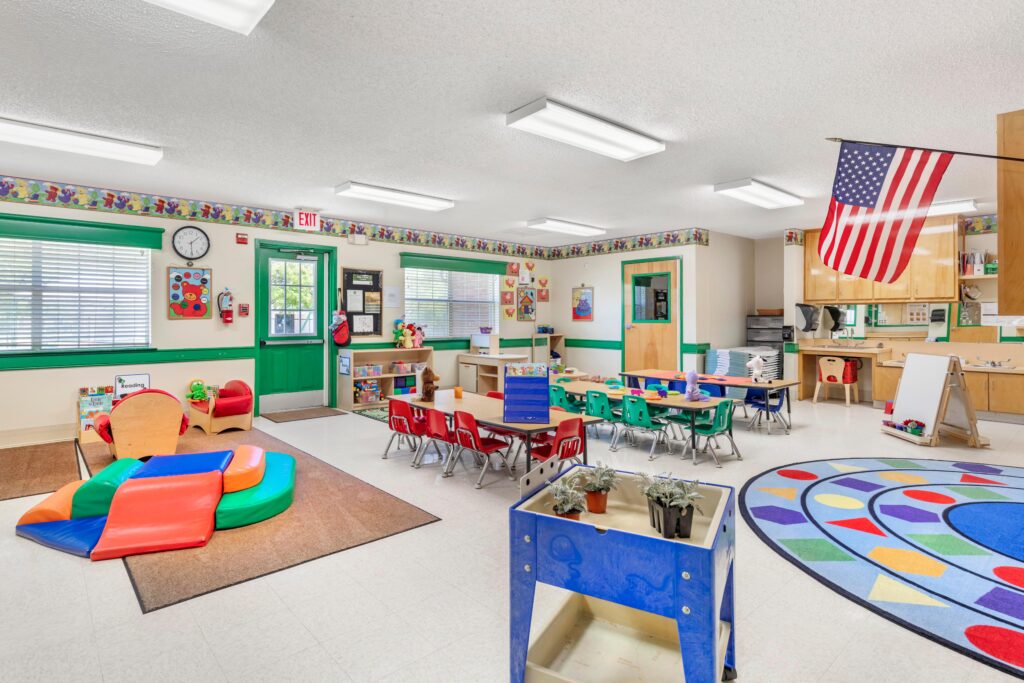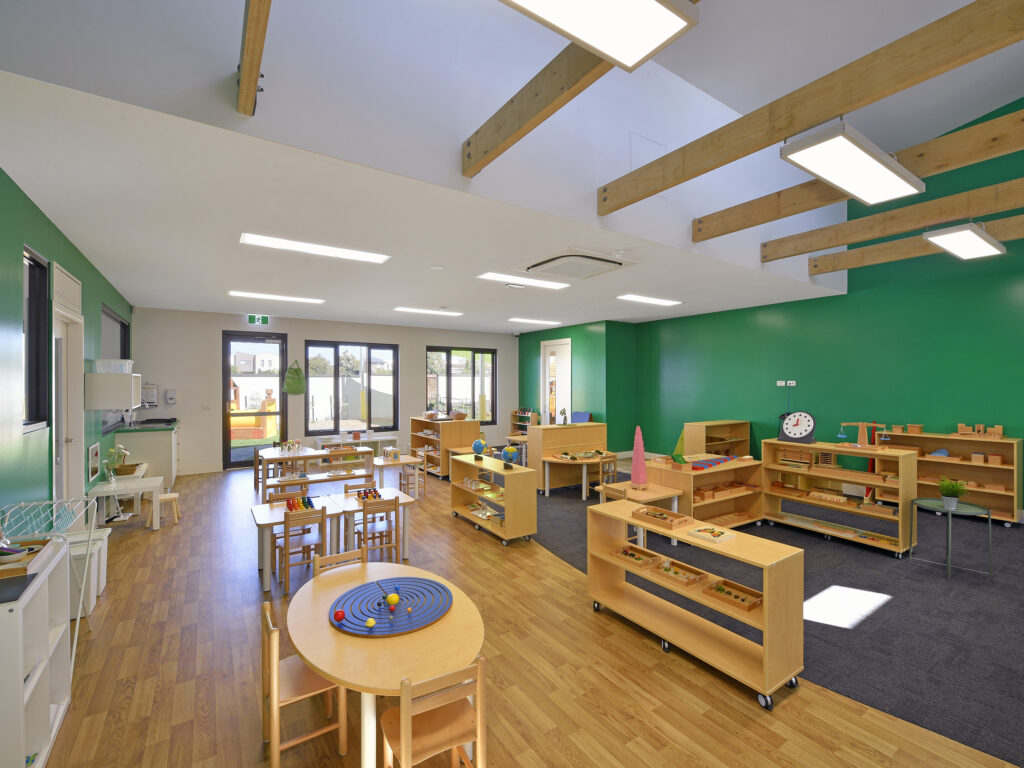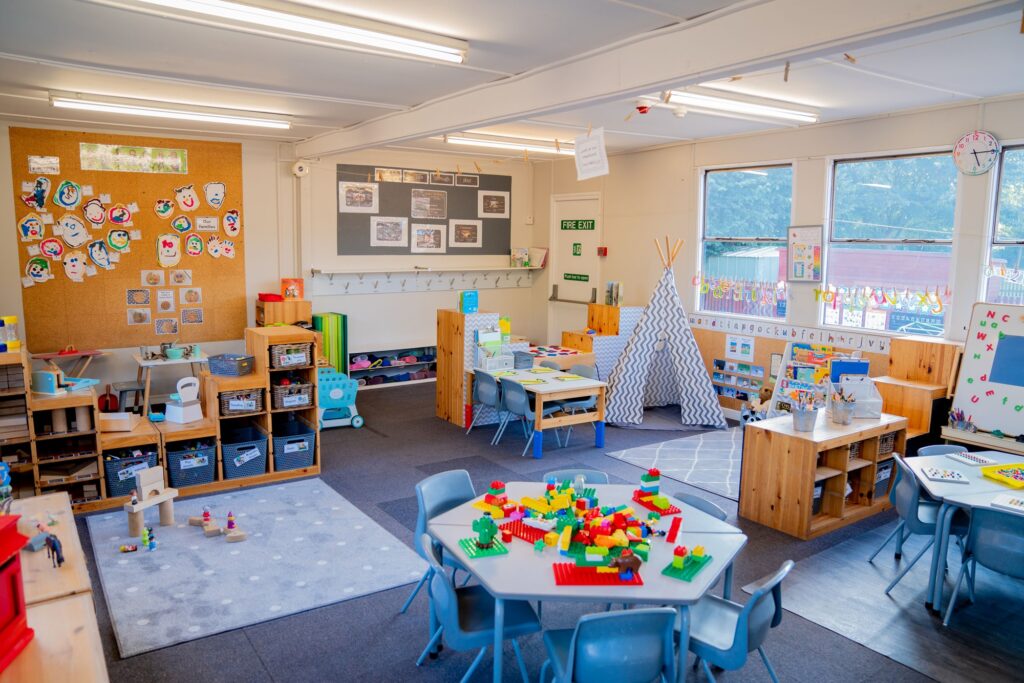Color has a profound influence on our emotions, moods, and perceptions. In the context of children’s furniture, incorporating vibrant and colorful designs goes beyond mere aesthetics—it can have a significant impact on early development. In this blog, we explore the power of colorful children’s furniture and how it influences various aspects of a child’s cognitive, emotional, and social development.
- Stimulating Sensory Perception: Colorful furniture captures children’s attention and stimulates their sensory perception. Bright and bold hues engage their visual senses, creating an environment that is visually stimulating and inspiring. Colors such as red, blue, and yellow are known to evoke specific emotions and stimulate brain activity, contributing to a rich and multisensory learning experience.
- Encouraging Creativity and Imagination: Colorful children’s furniture sparks children’s imagination and encourages creative thinking. Vibrant hues create an environment that is conducive to exploration and self-expression. Colors act as catalysts for imaginative play, enabling children to create stories, role-play, and engage in make-believe scenarios. Colorful furniture serves as a canvas for children’s limitless imagination.
- Enhancing Cognitive Development: Colorful furniture can support cognitive development by facilitating learning and memory retention. Various studies have shown that color can aid in information processing and improve memory recall. By incorporating color-coded storage units, labels, and educational materials, children can better categorize and remember information, fostering their cognitive abilities and facilitating learning processes.

- Fostering Emotional Expression: Colors have a profound impact on our emotions, and colorful furniture can help children identify and express their emotions effectively. Warm colors like red and orange can evoke feelings of energy and excitement, while cool colors like blue and green promote calmness and relaxation. By providing a range of colorful furniture, children can engage with and respond to different emotions, promoting emotional intelligence and self-awareness.
- Creating Positive Learning Environments: Colorful children’s furniture contributes to creating positive and welcoming learning environments. Color psychology suggests that certain colors can influence mood and behavior. For instance, warm and inviting colors like yellow can promote a sense of happiness and enthusiasm, while green can create a calming and soothing atmosphere. By incorporating a thoughtful selection of colors, educators can shape learning spaces that foster positive attitudes, motivation, and engagement.
- Promoting Social Interaction: Colorful furniture can enhance social interaction among children. Bright and engaging colors attract attention and create an environment that encourages collaboration and cooperation. Colorful seating options, such as multi-colored chairs or benches, can facilitate interactions and promote inclusivity, as children are naturally drawn to vibrant spaces. By fostering social interaction, colorful furniture supports the development of important social skills, such as communication and teamwork.
- Instilling a Love for Learning: Colorful children’s furniture can create a positive association with learning. When surrounded by engaging and visually appealing furniture, children are more likely to develop a love for their learning environment. Colorful designs create an exciting and stimulating atmosphere that motivates children to actively participate and explore their surroundings. This positive association with learning sets the foundation for a lifelong love of knowledge and education.

Colorful children’s furniture has a significant impact on early development, beyond its aesthetic appeal. By stimulating sensory perception, encouraging creativity, enhancing cognitive development, fostering emotional expression, creating positive learning environments, promoting social interaction, and instilling a love for learning, colorful furniture plays a crucial role in supporting a child’s holistic development. Harnessing the power of color in children’s furniture design can create enriching and inspiring environments that positively shape a child’s cognitive, emotional, and social growth.

